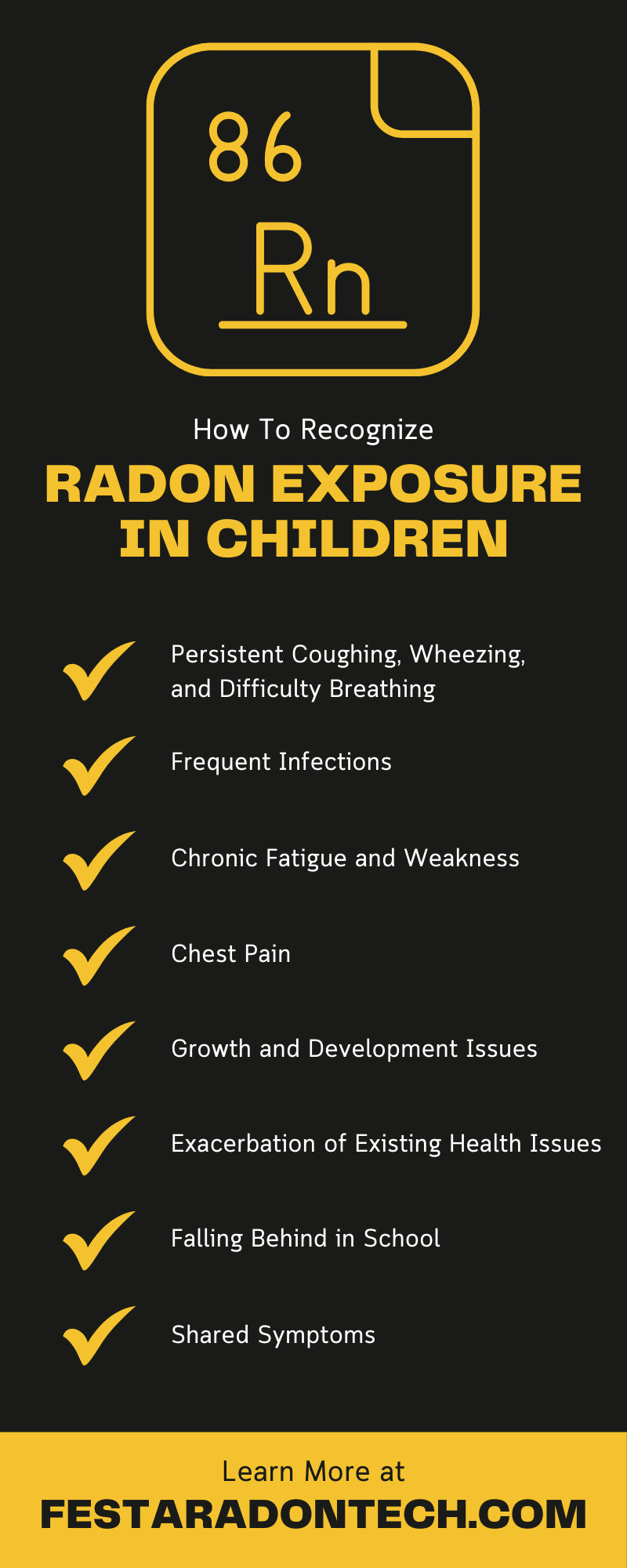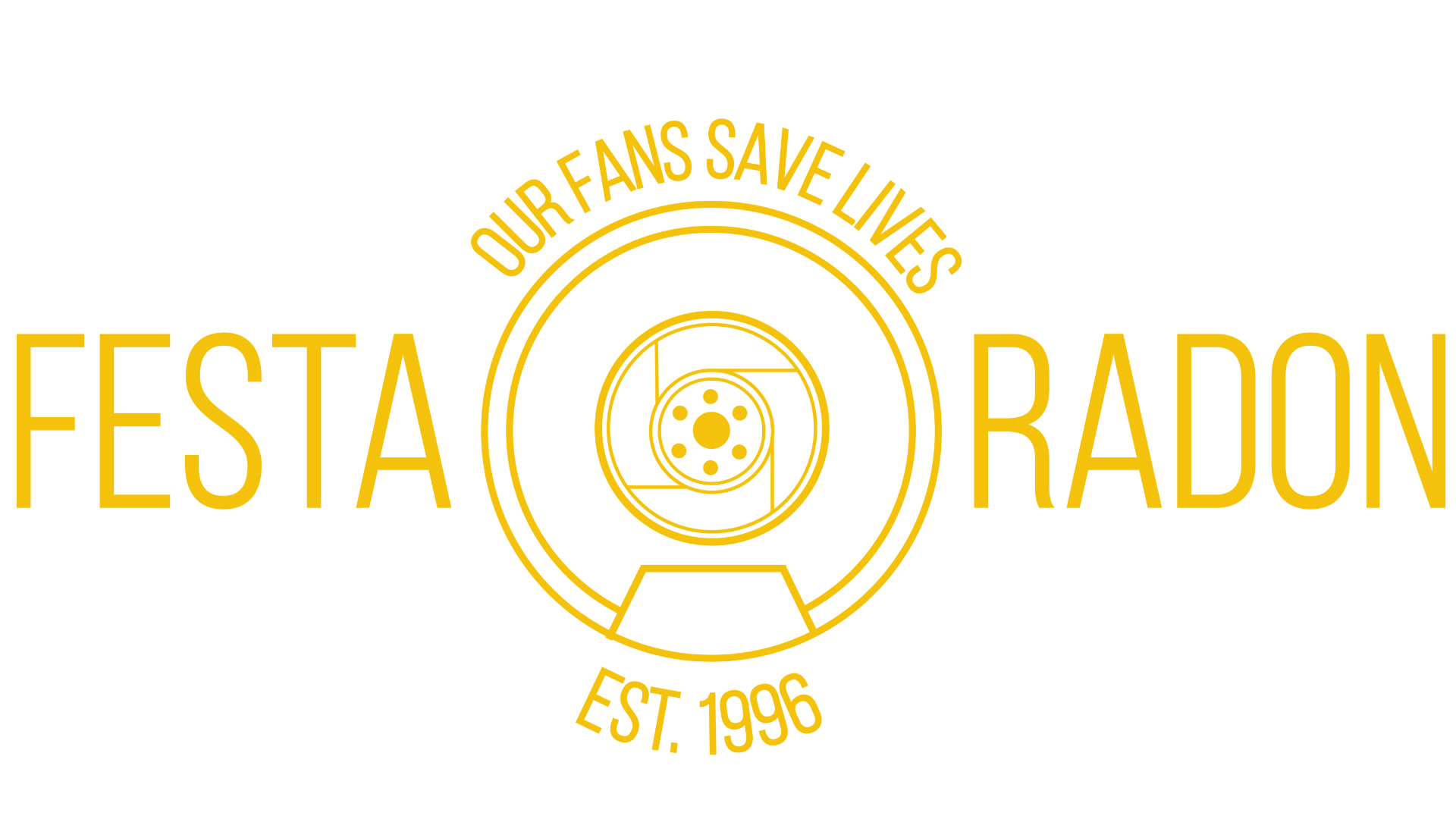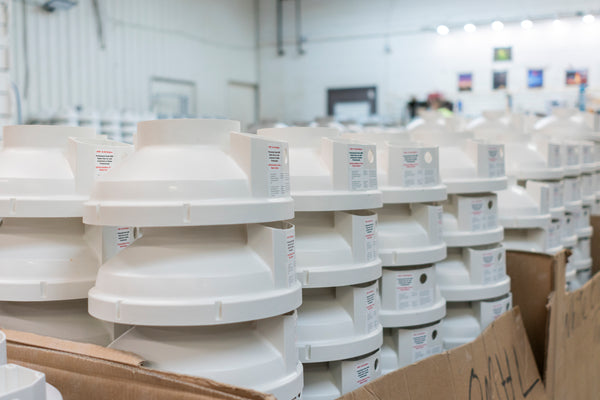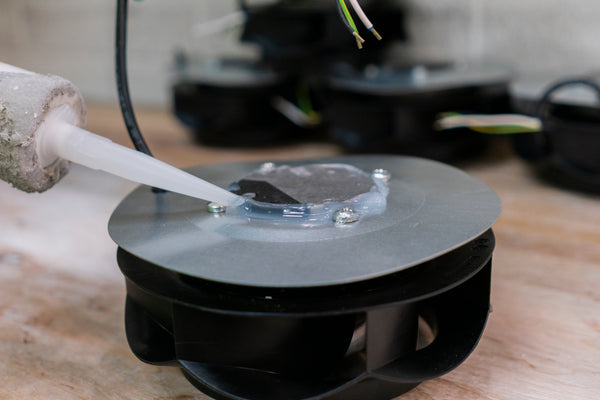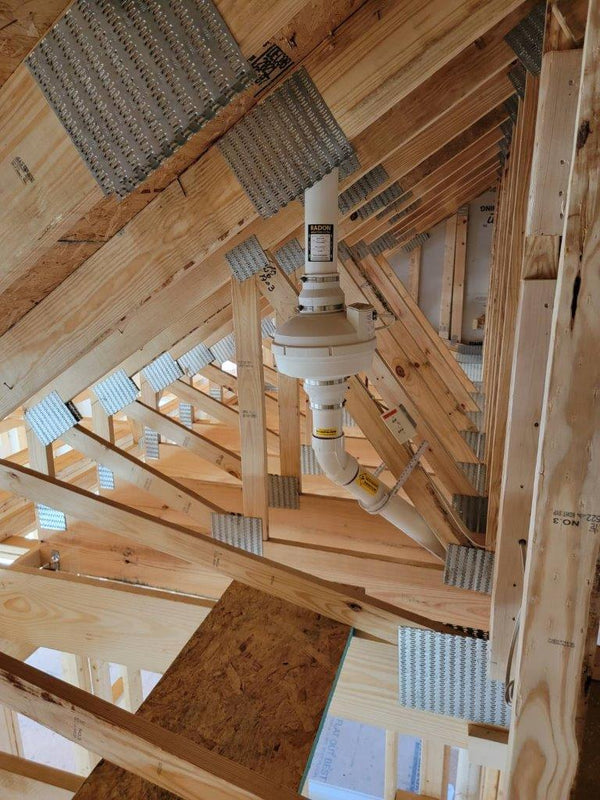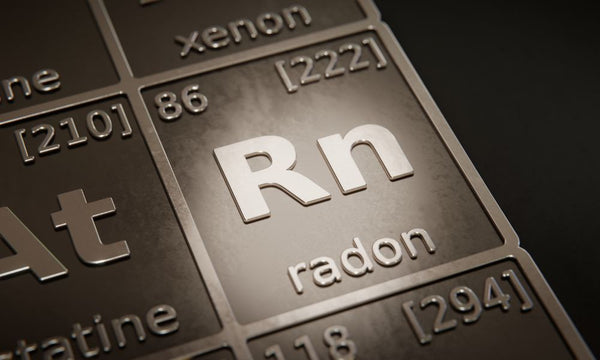
How To Recognize Radon Exposure in Children
Radon gas is known as the silent killer. It acquired that name because radon is colorless, tasteless, and odorless and generally gives no outward sign or warning of its presence. Without testing, you may never know if you’ve been exposed to radon gas, or if it is present in your home. As with many other kinds of hazards, children are even more susceptible to the effects of radon. Their developing respiratory systems and high-energy levels make them prone to breathe in more radon than adults, plus they tend to be indoors more.
Unlike exposure to some poisonous gases (such as carbon monoxide, which reveals itself through weakness, nausea, vomiting, headaches, and other symptoms), there are no immediate and outright signs of radon exposure. That said, if you’re trying to understand how to recognize radon exposure in children, think in terms of behaviors and symptoms common to a host of respiratory illnesses. The following symptoms don’t always point to radon poisoning, but they should be reviewed by a doctor as soon as possible.
Persistent Coughing, Wheezing, and Difficulty Breathing
Beyond obvious causes like childhood asthma or colds, these three symptoms could be a sign that a child is experiencing a serious respiratory illness. Conduct the usual treatments for such illnesses. Colds can’t be cured, but their effects can be mitigated with rest, fluids, and the like. If a child suffers from asthma, make sure they have their inhaler or nebulizer ready, and follow other treatments prescribed by their doctor. If symptoms persist, see their pediatrician. Obviously, if breathing difficulties are severe, get to an emergency room quickly.
Frequent Infections
More serious respiratory illnesses like bronchitis and pneumonia should be reviewed, identified, and treated by a doctor as soon as possible to rule out radon as the culprit. Bronchitis often clears up on its own, but palliative treatments can ease suffering. Pneumonia can be viral, bacterial, or fungal, and should be treated by a doctor. Again, these often clear up and go away, but if a child has persistent infections, it could be a sign of something more serious. Their lungs may be compromised, and it may point to a more serious source of illness.
Chronic Fatigue and Weakness
Most poisonous gases diminish the amount of oxygen in the bloodstream, leaving one with feelings of weakness and fatigue. Children who seem listless, uninterested in activity, and “out of it” may not be getting enough oxygen. A low-energy child should be looked after by a doctor. Low energy may indicate the ill effects of radon or something else.
Chest Pain
It should never hurt to breathe. If a child complains about chest pain, labored breathing, or other discomfort, take them to the pediatrician so the doctor can listen to their breathing. The doctor will listen for crackles, wheezes, and other strange sounds that should not be there, and which might be evidence of compromised breathing. Chest pain should be looked after immediately.
Growth and Development Issues
Almost all children do one thing very well: they grow up. Your pediatrician is already charting your child’s growth and development during each visit. If a child seems to be falling behind in some ways—height, weight, and similar milestones—contact the doctor and ask to have them looked at. Radon may not be the cause, but some other health concern may be affecting them.
Exacerbation of Existing Health Issues
Many children have asthma, allergies, or other health issues that are troublesome but can often be handled with treatments. If, however, they seem to be experiencing more and more debilitating attacks, radon or some other environmental factor may be exacerbating their illness. Sometimes children outgrow childhood conditions and sometimes they don’t, but they should never become worse for no apparent reason. See their pediatrician at once.
Falling Behind in School
Poor performance at school can sometimes be ascribed to an outside issue. Bullying, distraction, ADHD, autism spectrum disorder, and other common issues can make it harder for a child to do well with their studies. A sudden drop in otherwise steady grades may not be cause for alarm, but it is unusual and should be investigated. If a child complains about feeling ill and out of sorts, speak with a doctor. Again, it may not be from radon poisoning, but it’s worth exploring. Another consideration is that it’s not the air they’re breathing at home; it may be what they’re encountering at school. That’s worth bringing up as well.
Shared Symptoms
This might be obvious, but if everyone in the household shares symptoms, the cause may be present in the house. Honestly, radon gas poisoning, or at least its effects, takes years to show its presence. It’s not like a cold, where one feels the symptoms immediately, of course, but any time the whole family feels the same way, it could be a red flag that points to a bigger health issue. Let the family doctors know of any household health changes or challenges.
What Now?
Hopefully, this article about how to recognize radon exposure in children has made it clear that radon poisoning is not immediately identifiable by one specific symptom. Radon is almost insidious in its ability to take years to enter the lungs and create damage on the genetic level that leads to lung cancer and other respiratory illnesses. That said, testing for radon (and other deadly gases) in your home should be standard operating procedure, for both you and your children. Home testing kits are available, but having an expert technician come to your house and test for radon is more definitive.
In the event radon is present in your home, radon mitigation kits are available that remove the radon gas beneath your residence with a pipeline and radon remediation fan. The gas is drawn up from below the foundation and then dispersed into the air. If you have further questions about radon testing and mitigation, contact us today for a consultation. We’ll be happy to discuss your options to eliminate the threat of radon from your life, keeping your home and family safe—especially the little ones!
